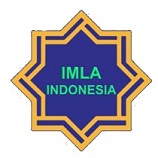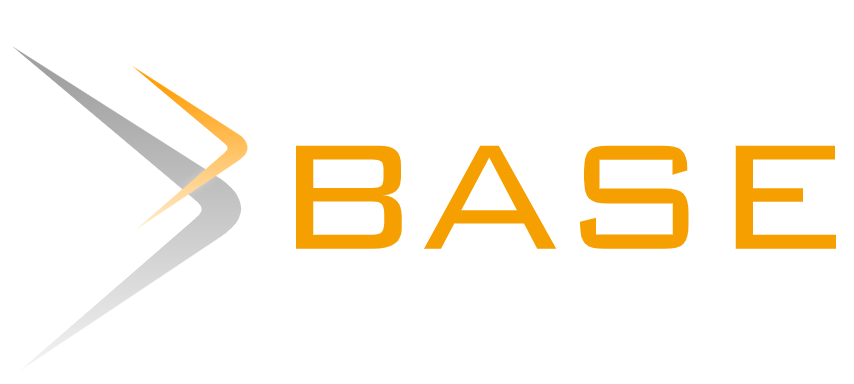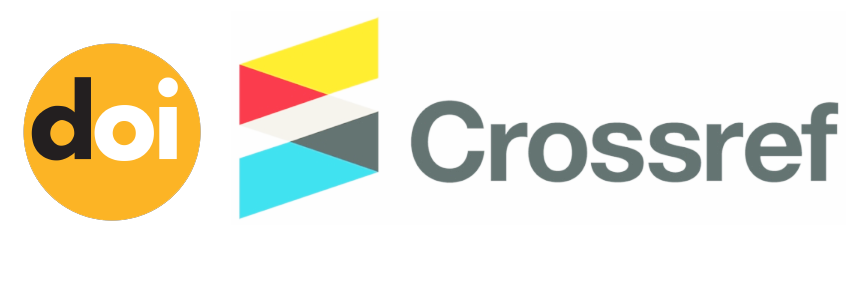VISION 2030: SAUDI ARABIA’S MODERNIZATION
Abstract
Keywords
Full Text:
PDFReferences
Adriansah, A. (2021). Political Role of Muhammad Bin Salman in Modernization Towards Vision 2030 Saudi Arabia (Bachelor's thesis, Faculty of Sharia and Law UIN Syarif Hidayatullah Jakarta).
Albritton, A. (2018). Child Poverty and Youth Unemployment in Saudi Arabia. Poverty & Public Policy, 10(3), 371–389. doi:10.1002/pop4.222
Alhussein, E. (2019). Saudi First: how hyper-nationalism is transforming Saudi Arabia.
European Council on Foreign Relations.
Al-Rasheed, M. (2018). Salman's Legacy: The Dilemmas of a New Era in Saudi Arabia. Oxford University Press.
Bradley, John R. (2005). Saudi Arabia Exposed: Inside a Kingdom in Crisis. Palgrave. Commins, D. (2005). The Wahhabi Mission and Saudi Arabia. Bloomsbury Publishing.
Fadaak, T. (2010). Poverty in the Saudi Arabia Kingdom: An Exploratory Study of Poverty and Female-headed Households in Jeddah City. Social Policy & Administration, 44(6), 689-707.
General Authority for Statistics. (2021). Saudi Arabia Gross Domestic Product 2020. Riyadh.
Greiffenhagen, F. The Prince of Change: Is MbS transforming Saudi society?
Hope, B., & Scheck, J. (2020). Blood and Oil: Mohammed bin Salman's Ruthless Quest for Global Power. Hachette Books, 198, 212.
Karmon, E. (2018, April). Muhammad bin Salman, a new protagonist in the Middle East. In HerzliyaConference Papers.
Kechichian, JA (2019). Saudi Arabia and Its New Leadership in 2030. Asan Institute for Policy Studies.http://www.jstor.org/stable/resrep20677
Khashan, H. (2017). Saudi Arabia's Flawed "Vision 2030". Middle East Quarterly.
Khan, MUH (2016). Saudi Arabia's vision 2030. Defense Journal, 19(11), 36.
Saudi Arabia Kingdom. (2020). Vision 2030.
Mas' odi, M. (2015) Wahhabism Vis-à-vis Reform of Saudi Arabia: SBM, Agency, Moderation, and Economic Diversification. Al-Irfan, 3(1), 52-76.
Niblock, T., & Malik, M. (2007). The political economy of Saudi Arabia. Routledge.
Omran, MF (2017). Islamic banks stock market valuation: evidence from Saudi Arabia.
International Journal of Islamic Marketing and Branding, 2(2), 122-133
Ottaway, D. (2021). Mohammed Bin Salman: The Icarus of Saudi Arabia?. Lynne Rienner Publishers, Incorporated.
Raphaeli, N. (2003). Saudi Arabia: A brief guide to its politics and problems. Middle East Review of International Affairs, 7(3), 21-33.
Rosida, A. (2018). Discourse of Modernization in the Challenges of Civilization, The Role of Women as Milestones in the History of Saudi Arabia. Journal of Social-Religion Research April-2018.3(1).
Sadiqallah, M., Abulqasim, MH (2020). The Relationship Between the Supreme Leadership and Presidency and Its Impact on the Political System in Iran. Rasanah Study International Institute for Iranian Educations. www. rasanah - iiis . org
Sainul Rahman, S. Hum., NIM: 17200010161 (2019) New Saudi Arabia: Vision 2030, Reform and Wahhabism. Masters thesis, UIN Sunan Kalijaga.
Smith, P, & Al Homoud. (2019). Saudi Arabia's Modernization. Pacific Council on International Policy. https://www.pacificcouncil.org/newsroom/saudi- arabia%E2%80%99s-modernization.
Soekarba, Siti Rohmah. (2019). “Determinants of Patriarchy in The Middle East: Hope for the 2030 Vision in a new Saudi Arabia. Advances in Social Science, Education and Humanities Research, 365.
Stenslie, S. (2018). The End of Elite Unity and the Stability of Saudi Arabia. The Washington Quarterly, 41(1), 61–82. doi:10.1080/0163660x.2018.1445360
Sulaib, FMA (2020). The Role of Religion in the Politics of Saudi Arabia: The Wahhabi Concept: ta'at ali al-amr. Contemporary Arab Affairs, 13(3), 51-78.
Tausch, A. (2021). Saudi Arabia—Religion, Gender, and the Desire for Democracy. In The Future of the ulf Region (pp. 331-369). Springer, Cham.
Valentine, SR (2015). Force and fanaticism: Wahhabism in Saudi Arabia and beyond. Oxford University Press.
Yamani, M. (2008). The two faces of Saudi Arabia. Survival, 50(1), 143-156.
Wurm, I. (2008). In Doubt for the Monarchy : Autocratic Modernization in Saudi Arabia. PRIF No. 81. Frankfurt.
Wynbrandt, J. (2010). A brief history of Saudi Arabia. Infobase Publishing.
Hammon, A. (2021). Reordering Saudi Religion: MBS is Defanging Wahhabism, not Dethroning it.
Barmin, Y. (2018). Can Mohammed bin Salman break the Saudi-Wahhabi pact?.
Black, (2017). Saudi Crown Prince's Modernization Drive: How real is it?. Bureau, NDT. (2021). MBS on the Path to Modernization: Lessons to be Learned.
Hubbard, B.(2020). MBS: The Rise of A Saudi Prince. https://www.wilsoncenter.org/article/saudi-crown-prince-lambasts-his-kingdoms-wahhabi- establishment
The Maydan. (2021, 09). Retrieved from Reordering Saudi Religion MBS is Defanging Wahhabism Not Dethroning it: https://themaydan.com/2021/09/reordering-saudi-religion-mbs-is-defanging-wahhabism-not- dethroning-it/
DOI: https://doi.org/10.20961/cmes.15.2.62857
Refbacks
- There are currently no refbacks.
Copyright (c) 2022 Center of Middle Eastern Studies (CMES): Jurnal Studi Timur Tengah

This work is licensed under a Creative Commons Attribution-ShareAlike 4.0 International License.
| Copyright of CMES ISSN 2085-563X (print) and ISSN 2502-1044 (online) CMES Journal is licensed under a Creative Commons Attribution-ShareAlike 4.0 International License. | CMES (Center of Middle Eastern Studies) Print ISSN: 2085-563X Online ISSN: 2502-1044 Website: https://jurnal.uns.ac.id/cmes/index Email: cmes@mail.uns.ac.id Published by: Arabic Literature Department, Faculty of Cultural Science, Universitas Sebelas Maret Ir. Sutami Street, No. 36A, Surakarta, Jawa Tengah 57126 Phone: +62 822-4000-2313 |















